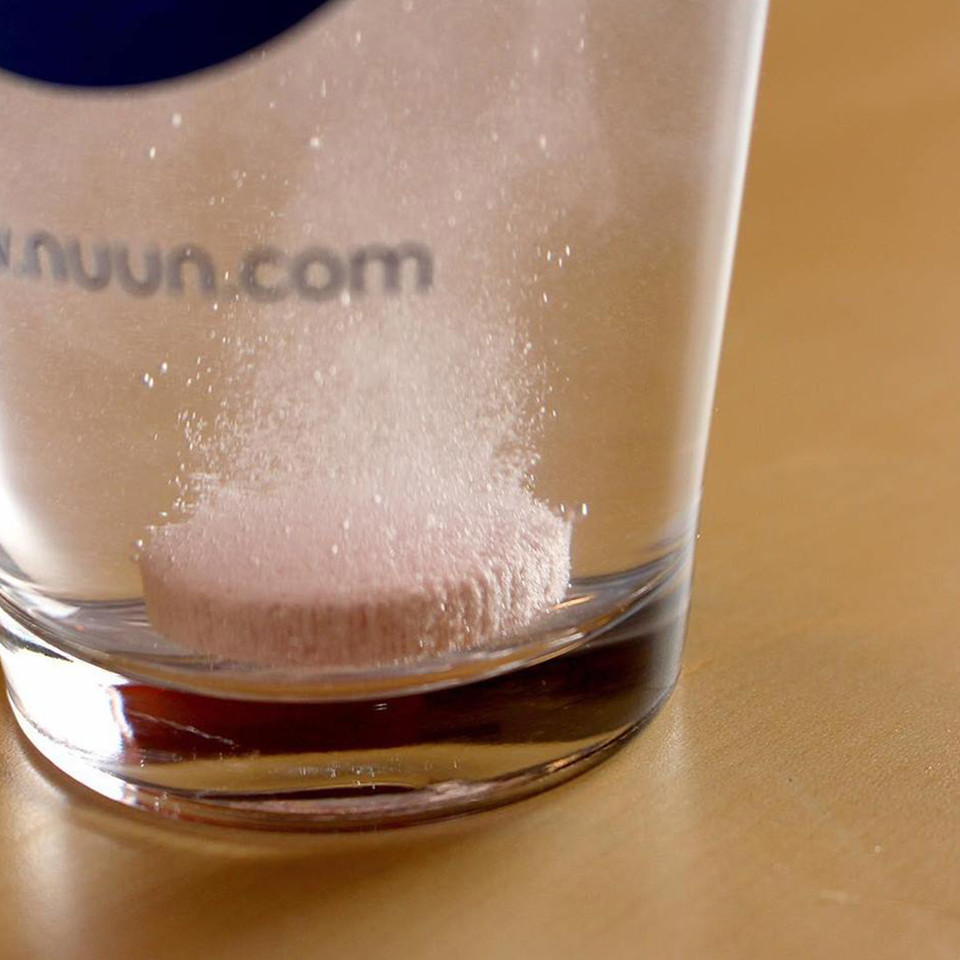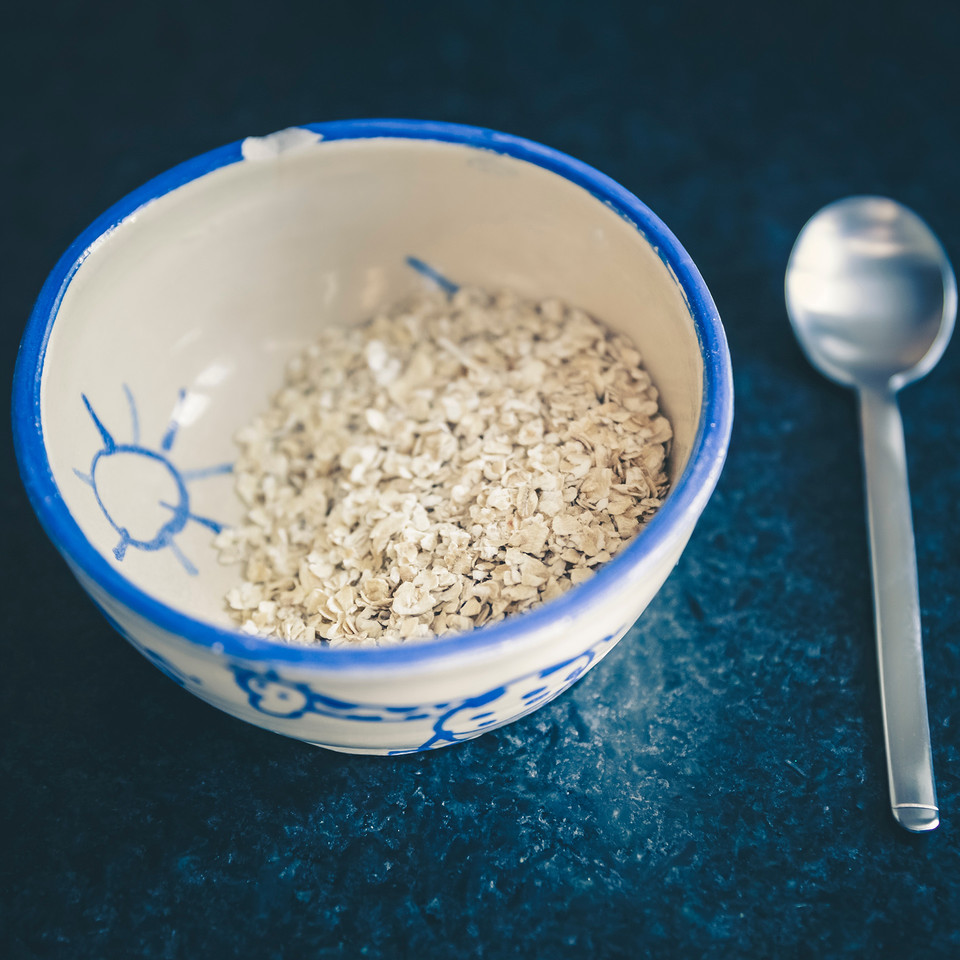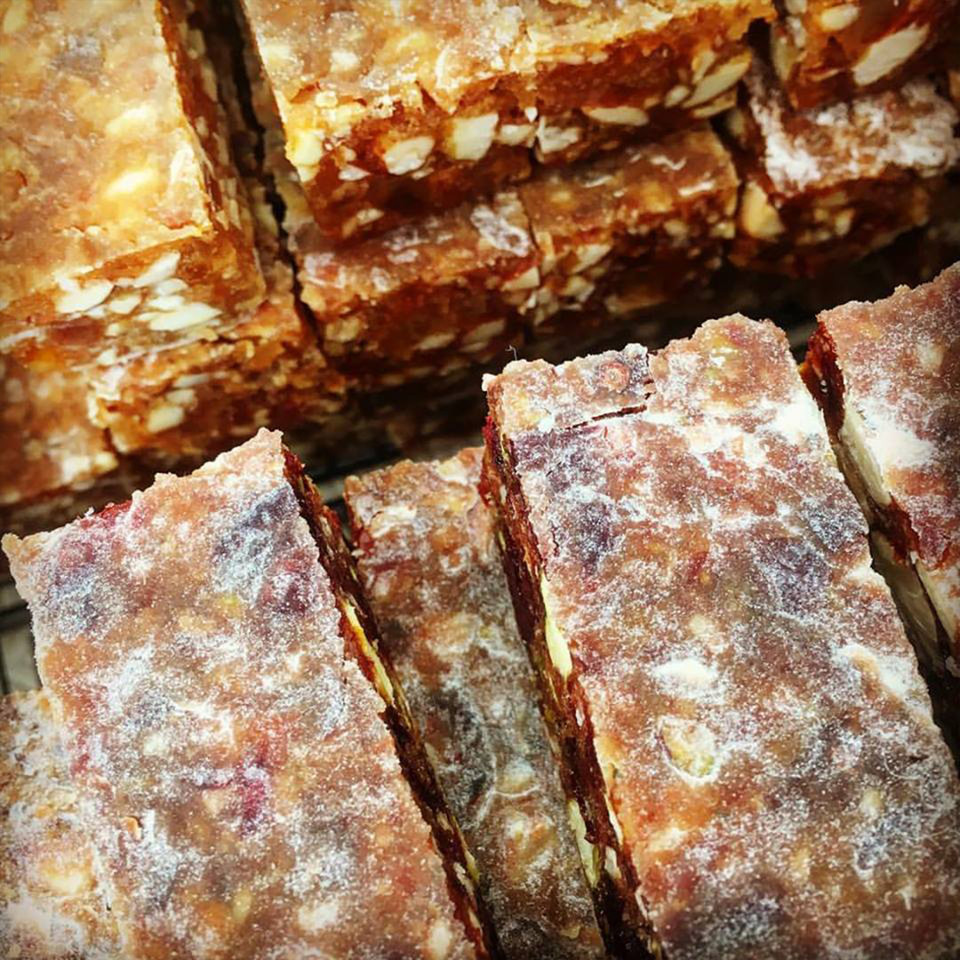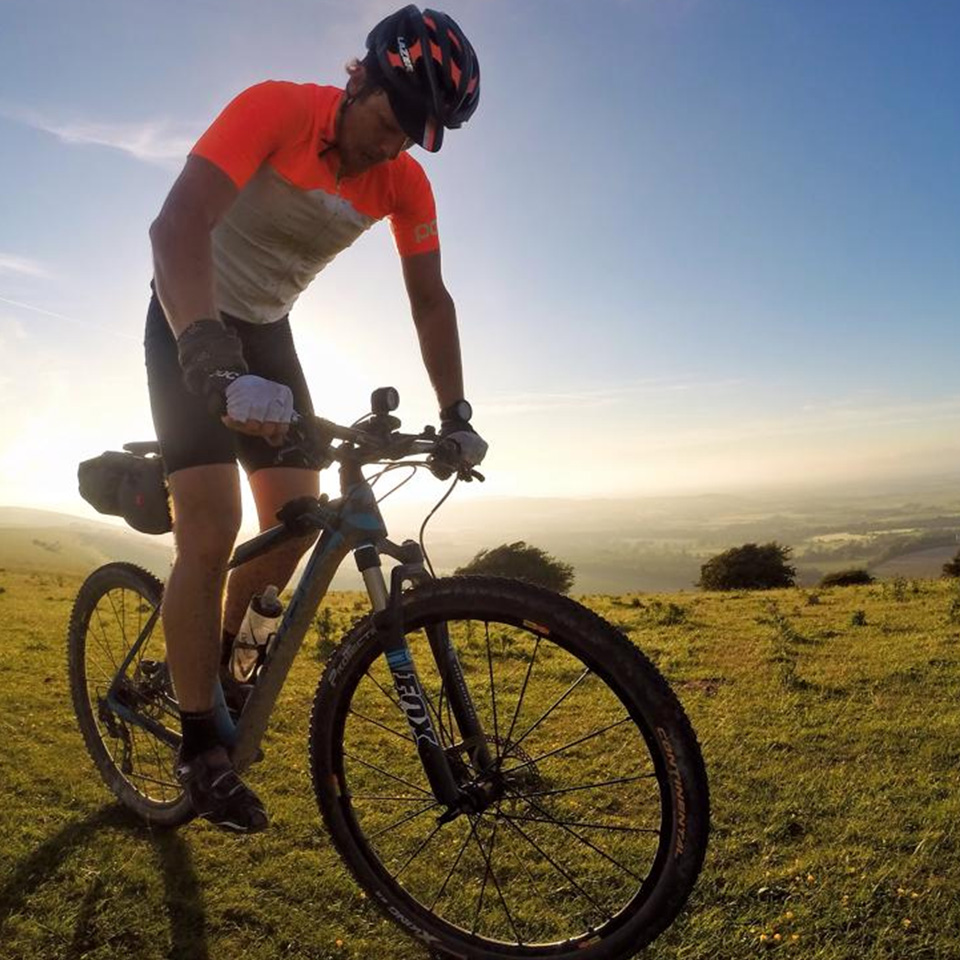
Thirst for Adventure
Fuelling the Toughest Challenges
"I wouldn’t consider myself an athlete, just someone who is intrigued by endurance."
Sigma Sports copywriter, Ross Lovell, talks adventure and the nutrition that helps him through.

Where it all began
Drawn to the unknown. Less concerned about how fast, more excited by the journey. At the age of 18, I stripped down my Trek mountain bike, decked it out in full panniers and rolled off the ferry into the French port of Le Havre for an adventure that would get me hooked on the search for the next big challenge. Because there’s always something else to have a go at... At university I did my first triathlon - The Norseman Xtreme Iron Tri (a race I have two black finisher t-shirts for).
On the run course, a checkpoint is in place for entering the Gaustatoppen climb, and only the first 160 athletes are allowed through. The ones who make it to the top get a black finisher t-shirt.

Fast forward to the present
I have since run nineteen marathons and ultra-marathons all over the world, including running 110 miles nonstop from the north to the south coast of Devon and 100km through the Blue Mountains of Australia. I’ve raced the Cape Epic and TransPortugal mountain bike races, have ridden from London to Alpe d’Huez to ride La Marmotte and from London to Corsica through nine countries to then run the GR20. I’ve ridden the Tour du Mont Blanc three times and, amongst other things, I have successfully completed Everestings on three of Dartmoor’s most notorious climbs.
The moments that give me most joy aren’t necessarily the races, although they might have more kudos publicly, but the self-planned routes, often on the doorstep. The ones where I don't know what's around the next corner, or if the challenge is even possible. The experiences that are unique to me.

Before the Ride
I do most of my riding early in the morning, fitting training around family life, so it can be difficult to dial in an effective fuelling strategy. If I have an early ride in the schedule then I’ll eat my evening meal the night before, as early as possible, so that it’s not sat in my stomach overnight. Sometimes a heavy meal can leave you feeling stodgy the next day, so you want to wake up feeling light and ready to roll.
I always sleep with a water bottle by my bed, but in reality, being a very heavy sleeper, I don’t tend to drink until waking up to my alarm. Add to this the gross, but inevitable, sweating that happens when we sleep and you will almost certainly wake up dehydrated, so it’s important to replace lost fluids and electrolytes. A drop in body weight due to dehydration will have a significant impact on performance, so pre-ride I will drop a hydration tab into a bottle of water to sip whilst getting ready.
What I eat before will depend on the intensity of the ride. For short rides, perhaps up to two or three hours, I will be working harder to get the most out of time on the bike, so won’t eat too much. In which case I will prepare a carbohydrate and electrolyte mix in a water bottle for on-the-bike and will just have a banana or slice of toast before leaving. During high intensity, I just want something light in the stomach that will be easily absorbed and made quickly available to the muscles.

If the session is less than an hour, perhaps on a turbo, then you will likely only need water since your muscles will already have enough glycogen and there won’t be enough time for additional nutrients to be absorbed and thus influence performance. For lower intensity endurance rides of 100km or more I would do the same hydration preparation, but probably include a bowl of porridge with honey - something to get me to the cafe stop!
During the Ride
I’m fortunate to have a stomach that can handle most things when riding, which is helpful for undertaking multi-day adventures in other countries or single-day epic rides when it can be a lottery what might be open or available for food. When things are in my control I will carry bars that release energy more slowly, for sustained performance, rather than creating peaks and troughs in how I feel and will look for ‘real food’ with recognisable, natural ingredients.

Bars with nuts, oats and fruit are always good, but I will also carry an emergency ration gel if my energy is starting to wane close to home. It’s critical to eat before you are hungry and drink before you feel thirsty; trying to play catch-up once out on the road will only be detrimental to performance. As enticing as having the sausage roll, the cake and the mocha are when reaching the cafe, I try to graze by eating small amounts regularly rather than binging when arriving at a stop.
Nobody enjoys the heaviness of ‘cafe legs’ or the chunk of tiffin repeating in the mouth when you reach the first hill after a rest. When you eat large amounts the different parts of your body will start to compete for blood flow - your digestive tract needs it to absorb nutrients and work through what you’ve just eaten, and your muscles need it to help remove the byproducts of exercise, such as lactic acid.

After the Ride
As soon as I’m off the bike I will try to maximise what is often referred to as the ‘recovery window’. It’s the period within 20 minutes of finishing exercise when muscles are still warm and primed to absorb nutrition. A drink is again the easiest thing for your body to absorb so, before showering, I will look to something with the holy grail of protein to repair muscle damage, energy to replace glycogen stores and electrolytes for hydration. It’s not the exercise that makes us stronger, but how we recover and the period in between sessions, that will influence how well we perform next time.
So if you are training for the next race or riding day-after-day, don’t neglect what you eat straight after riding because it’s one of the most effective ways to stave off muscle soreness and go again the next day.
Ross' Nutrition Picks










